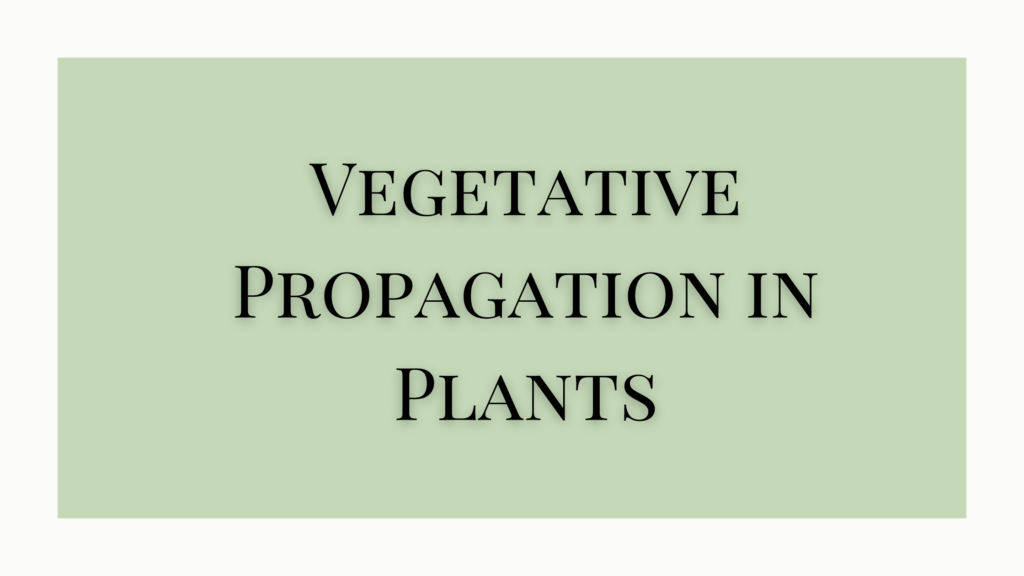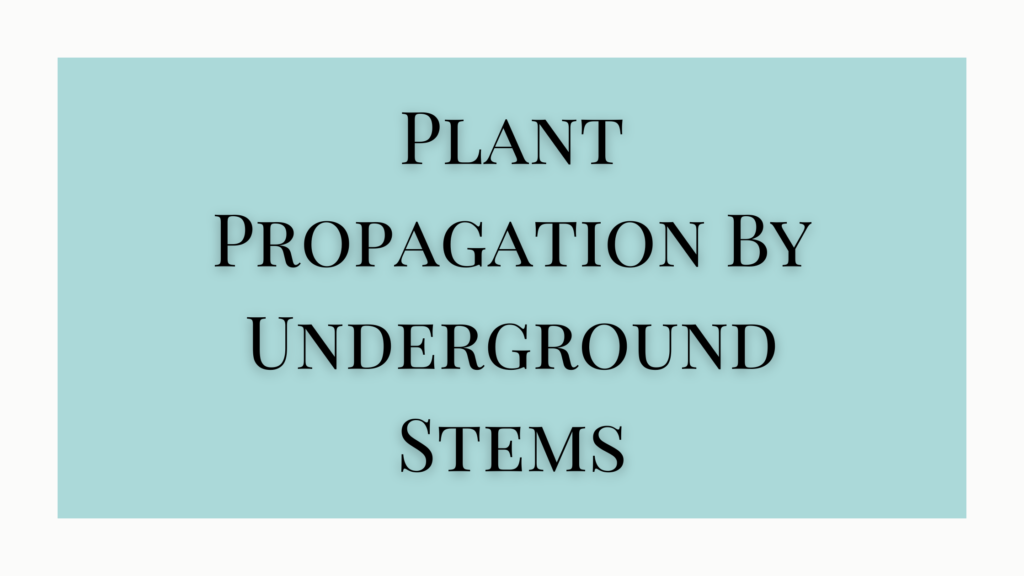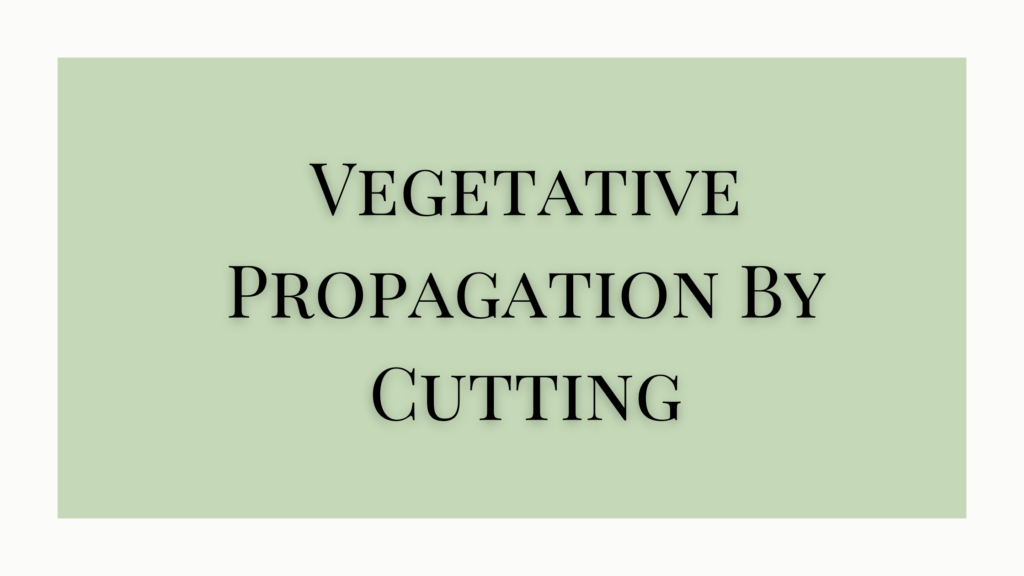Seed testing is an integral part of seed propagation. Different methods of seed testing are adopted, depending on the type of seed and the plants. These tests help detect the presence of pathogens, growth rate, specific traits in the genes, etc. All these help the breeders find the most suitable seeds for producing desirable plants with favorable traits.
Seed testing was started in Switzerland in 1816. The technology for seed testing has advanced greatly with the organization of the International Seed Testing Association (ISTA) founded in 1924 and a scientific dimension was given to this technology. The ISTA headquarters is located in Zurich. It has the following objectives.
- It helps determine the suitability of the seed for sowing.
- To guide the seed industry about procedures in drying and processing to obtain the best quality seed.
- They educate the farmers to discriminate seed lots in the market based on quality.
- Check if the seed lots meet the established seed lot quality standards and label specifications.
- Identify problems of seed quality in seed production.
Methods of Seed Testing
There are three methods of seed testing aimed at different aspects.
- A purity test is done to divide the working sample into pure seeds and seeds from other crops, weeds, and other inert matter.
- An examination for any noxious or harmful weed seeds.
- Germianiton test includes determination of hard seeds, seed health conditions, genuineness of species, and cultivar, moisture content, locality of harvest, homogeneity of seed lots, etc.
Testing for Seed Purity
A purity test is one of the most important methods of seed testing. The seed sample may often be mixed with seeds of weeds or other crops and some inert matter. A purity test is done to determine the identity of different kinds of seeds and other components present in a seed sample and their respective samples.
After testing, seed identity is established and the seed sample has been separated into 4 components, ie, pure seeds, seeds of other crops, weed seeds, and inert matter. In addition, the seed is tested to determine its trueness to the variety. The inert matter includes soil, sand, chaff, stems leaves, etc.
Testing for Noxious Weed Seeds
Examination of noxious weed seeds is often conducted as part of purity analysis. Weeds that are extremely harmful to agriculture are designated as noxious seeds by law. The percentage of pure seed, if more than 98% speaks of high physical purity of seed lot but not genetic purity. Genetic purity may be determined by lab examination.
The percentage of pure seed can be calculated as per the following equation.

Testing for Germination and Viability
Seed technologists defined germination as the percentage of pure seeds that produce normal seedlings. The germination test determines the viability and vigor of seeds. Different types of methods used are top of the paper (TP) and between paper (BP).
The top of the paper is a method where seeds are placed on the top of one paper and between paper is where the seeds are placed between papers and using sand or soil.
Maintaining proper spacing of seeds in a germinating medium is essential. The desirable temperature and light conditions are maintained during the time of germination. Preliminary and final counts of gemination after a specified period depending on the kind of seeds are done.
The seedlings are allowed to grow to a stage to determine or find out the dormant seeds, non-germinating seeds, hard seeds, and dead seeds. The percentage of dormant and hard seeds occurring in the germination test varies with age, kind of variety, and moisture content of the sample.
All these methods of seed testing may be conducted before declaring the seeds to be fit for their use.




